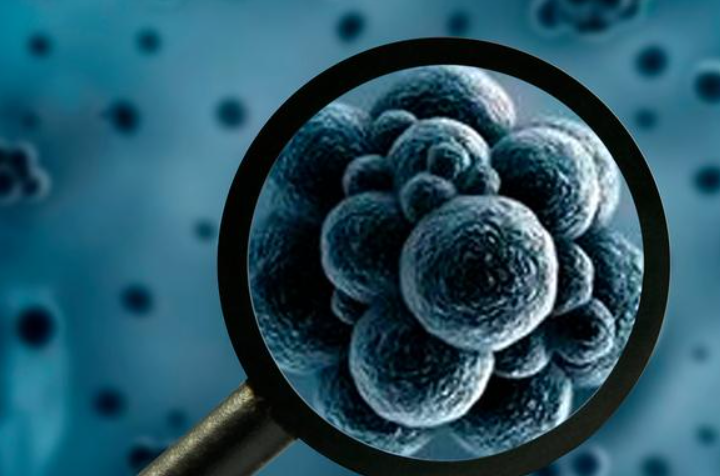
A shocking recent study revealed that bottled water contains an average of about 240,000 detectable microplastics per liter. These nanoscale plastic particles can enter our gut or lung cells, travel through the bloodstream, reach the heart and brain, and even, in the case of pregnant women, cross the placenta and enter the fetus.
So, in the face of such pollution, how can we ensure our drinking water safety? Can boiling water effectively reduce the amount of microplastics?
Boiling water is a simple and effective way to reduce the amount of microplastics
Recent shocking findings about microplastics in bottled water have forced us to re-examine our drinking habits.
For most homes, boiling water is a simple and effective way to kill bacteria.
With regard to microplastics, boiling water does reduce their content to some extent. When water is boiled, the microplastic particles combine with the calcium carbonate in the water to form a sediment.
With simple filtration, we can remove up to 84% of microplastics. Therefore, boiling water before drinking is indeed an effective way to reduce the intake of microplastics.When the water is heated to boiling, the microplastic particles will be separated from other substances in the water due to differences in density and size, and some will precipitate to the bottom.
Therefore, after boiling the water, if conditions permit, we can use a filter or gauze for simple filtration to further reduce the microplastic particles in the water.
Microplastics "latent" life in these "self-defense techniques" you get
Here are four things you need to do to keep your water safe
- Choose good quality bottled water: When purchasing bottled water, pay attention to the product label and certification information, and choose a brand with quality assurance.
Avoid buying bottled water from unknown sources or at too low a price.
- Replace kettles and cups regularly: Even high-quality kettles and cups may wear out with long-term use, leading to microplastics.
It is recommended to replace it regularly to keep it clean.
-
Install a home water purifier: Installing a home water purifier can effectively remove impurities and microplastic particles from the water and provide safer drinking water.
-
Use a stainless steel or glass kettle: It is safer to boil water because these materials do not release microplastic particles easily.
Therefore, we should try to avoid using plastic kettles, especially at high temperatures, where chemicals in plastics may accelerate decomposition and increase the risk of microplastics.
These common scenarios in our lives can be avoided with small changes
Use reusable shopping bags: When shopping, choose reusable shopping bags instead of plastic bags, which is both environmentally friendly and fashionable.
Reduce take-out and fast food intake: Take-out and fast food packaging often contains large amounts of plastic, which may not only produce microplastics, but also contain other harmful substances.
Try to cook your own food, which is healthy and environmentally friendly.

